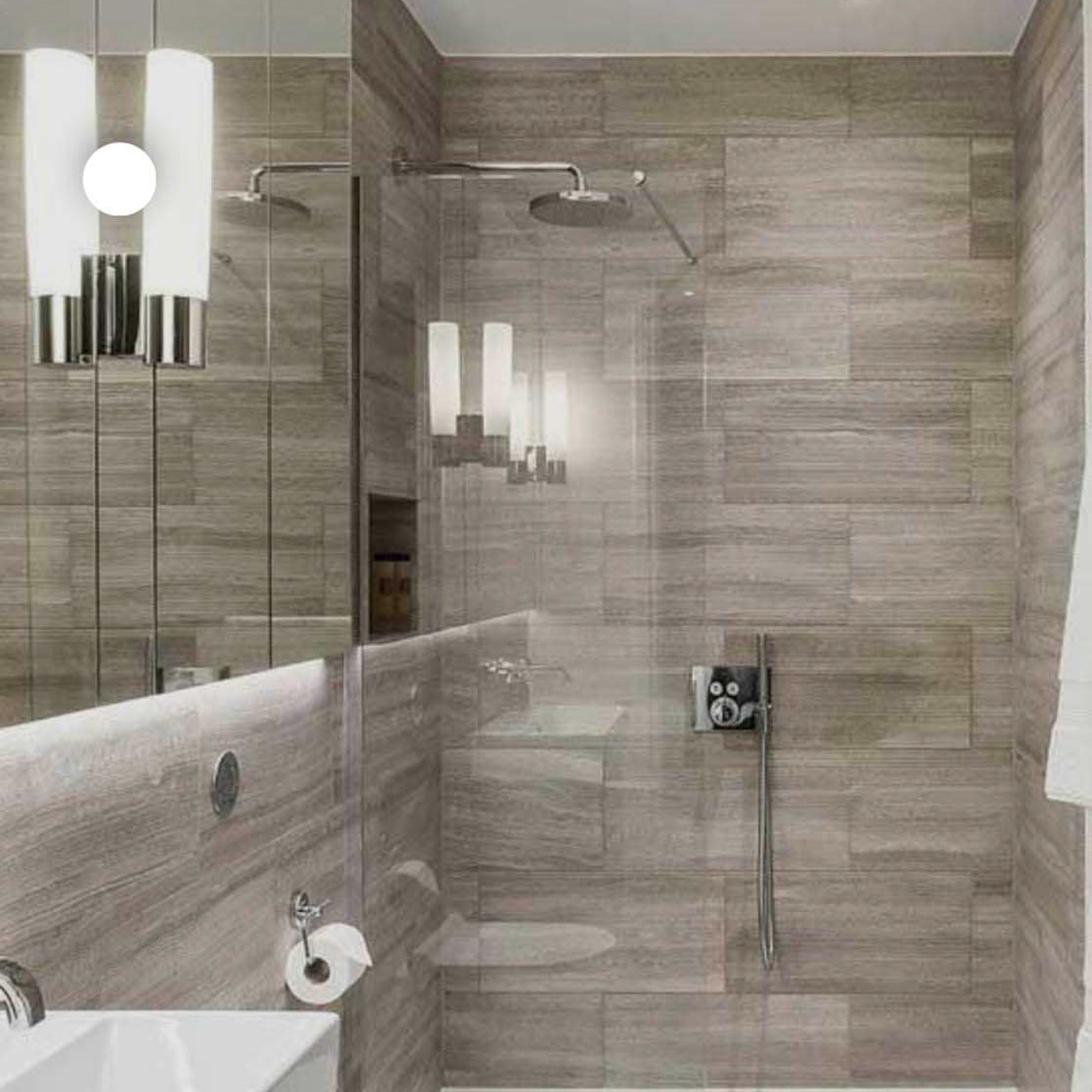
Comparing Cool White and Daylight: Which is the Best Choice for Your Lighting Needs?
Introduction
Lighting is an essential aspect of our day-to-day lives, and with the rise of LED bulbs, consumers have more options than ever before. Two popular choices are cool white and daylight bulbs. Both offer a clean, bright light, but which is the better choice for your lighting needs? In this article, we will examine the differences between cool white and daylight bulbs and help you determine which option is best for you.
What are Cool White and Daylight Bulbs?
Before we dig into the differences between cool white and daylight bulbs, let’s define what these terms actually mean. Cool white bulbs are a type of LED bulb that emits a bluish-white light. They have a color temperature of around 4000K, which means they are ideal for spaces that require a crisp, clear light. Daylight bulbs, on the other hand, are designed to mimic natural daylight. They have a color temperature of around 5000K to 6500K, which means they emit a bright, white light that helps to show true colors.
Color Temperature Explanation
Color temperature refers to the appearance of the light that a bulb emits. It is measured in Kelvin (K) and ranges from warm white to cool white. A lower color temperature, around 2700K to 3000K, is considered warm white and emits a yellowish light often associated with incandescent bulbs. A higher color temperature, 5000K and up, is considered cool white and emits a bluish-white light often associated with flourescent bulbs. Daylight bulbs fall in the middle, around 5000K to 6500K, and provide a balanced white light.
The Differences Between Cool White and Daylight Bulbs
As previously mentioned, cool white bulbs emit a bluish-white light, while daylight bulbs provide a balanced white light. This has practical implications for different types of rooms and activities.
Cool white bulbs are best suited for areas that require increased visibility, such as kitchens and workspaces. Their bright, clean light makes it easier to see details and colors, which is important in activities such as cooking and working with tools or machinery.
Daylight bulbs, on the other hand, are ideal for areas that require accurate color representation, such as an artist’s studio or a showroom. Their bright, white light helps to show true colors, which is important when working with paints or products that need to be seen in their true form.
Eye Strain
It’s important to consider eye strain when choosing between cool white and daylight bulbs. Cool white bulbs emit a sharper, brighter light that can cause eye strain if used for extended periods. However, if you need to work in a well-lit space for long periods, cool white bulbs may be the better choice. Daylight bulbs provide a softer, more natural light that is easier on the eyes, making them a better choice for spaces where you may be reading, relaxing, or watching TV.
When choosing between cool white and daylight bulbs, it’s important to consider your specific lighting needs. Cool white bulbs are best suited for areas that require increased visibility, such as a kitchen or workspace. Daylight bulbs, on the other hand, are ideal for areas that require accurate color representation, such as an artist’s studio or a showroom. At the end of the day, the choice comes down to personal preference and the activities that will take place in the space.


